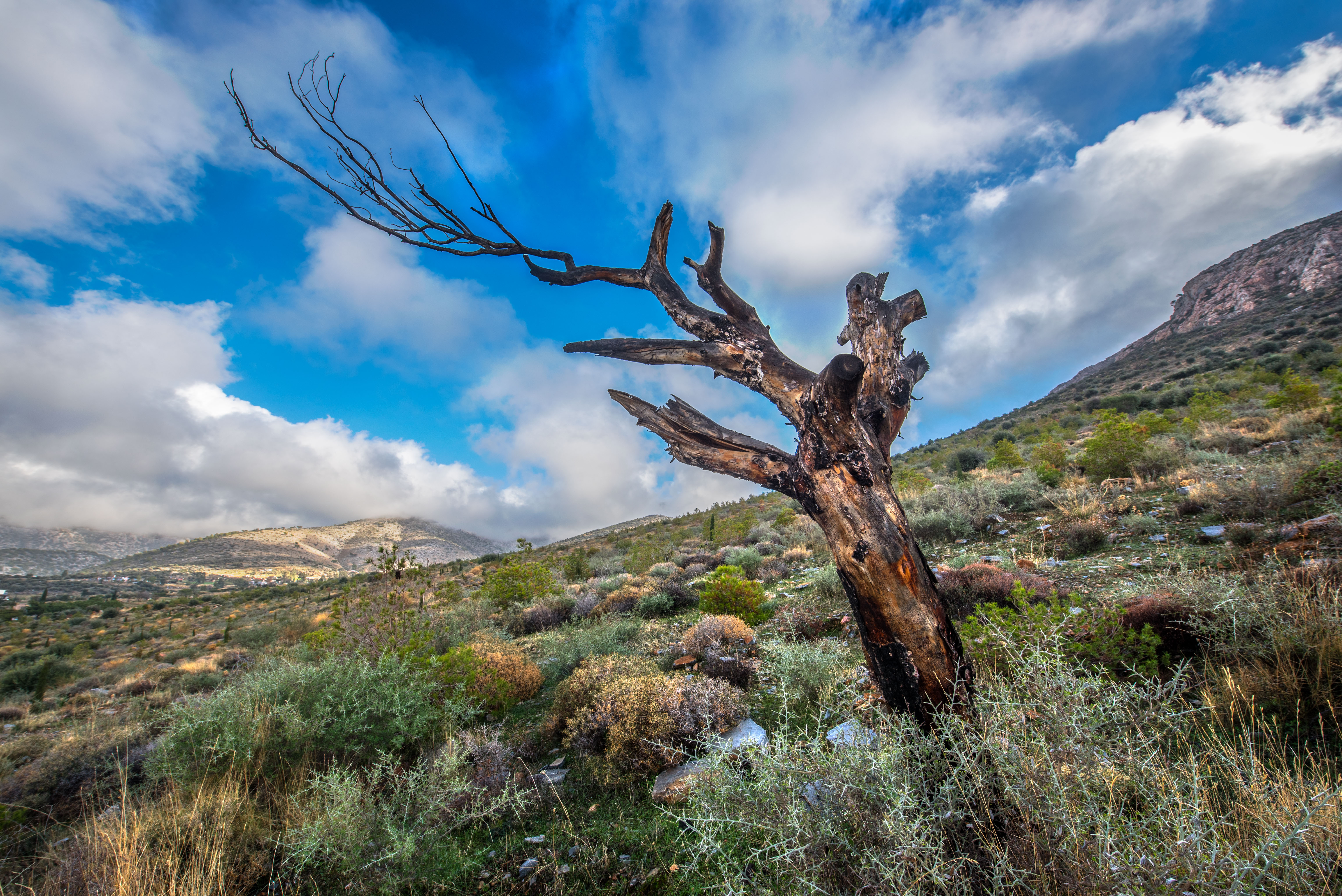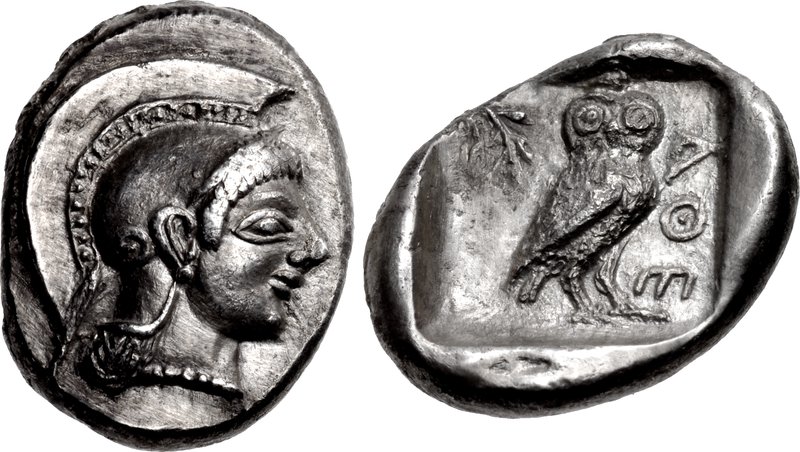|
Paralia (trittys)
The Paralia ( el, Παραλία, 3=the sea-side/coast) was a geographical and administrative region ('' trittys'') of ancient Attica. The term designated the coasts of Attica, but was also generally used for the entire portion of Attica east of Mount Hymettus. The term acquired a technical meaning with the reforms of Cleisthenes in , when each of the ten Attic tribes was made to territory from comprise three zones (''trittyes''), urban (''asty'', the city of Athens), interior (''mesogeia The Mesogeia or Mesogaia ( el, τα Μεσόγεια, η Μεσόγαια/Μεσογαία, "Midlands") is a geographical region of Attica in Greece. History The term designates since antiquity the inland portion of the Attic peninsula. The term a ...'') and coastal (''paralia''). In the Classical period, the ''paralia'' comprised about 40 settlements ('' demoi''). References Geography of ancient Attica {{AncientAttica-geo-stub ... [...More Info...] [...Related Items...] OR: [Wikipedia] [Google] [Baidu] |
Trittys
The ''trittyes'' (; grc, τριττύες ''trittúes''), singular ''trittys'' (; τριττύς ''trittús'') were part of the organizational structure the divided the population in ancient Attica, and is commonly thought to have been established by the reforms of Cleisthenes in 508 BC. The name ''trittys'' means "third", and is named such because there were three types of regions in each ''trittys''. There were thirty ''trittyes'' and ten tribes (before Cleisthenes, there were only four tribes organized by royal families) named after local heroes in Attica.Martin pp. 87 ''Trittyes'' were composed of one or more demes; demes were the basic unit of division in Attica, which were the smaller units of population that made up the ''trittyes''. (see here - for a very descriptive map of the demes and tribes). Origin Cleisthenes is credited with this change in the way the Athenians and their surrounding city-states (the area that is referred to as Ancient Attica) were organized. ... [...More Info...] [...Related Items...] OR: [Wikipedia] [Google] [Baidu] |
Mount Hymettus
Hymettus (), also Hymettos (; el, Υμηττός, translit=Ymittós, pronounced ), is a mountain range in the Athens area of Attica, East Central Greece. It is also colloquially known as ''Trellós'' (crazy) or ''Trellóvouno'' (crazy mountain); the latter originates from the French "très long" (very long) in awe of its winding length of 16 km, as used by French travelers during the occupation of Greece by the Ottomans. Hymettus was assigned the status of a protected area in the EU's Natura 2000 ecological network. Geography The highest point of the mountain range is Evzonas (Εύζωνας) with an elevation of and the length of Hymettus is from Athens to the Saronic Gulf and 6 to 7 km from east to west. In ancient times, the highest point was known as Megas Hymettos and the southern peaks as Elattona (Ελάττονα) and Anydros Hymettos (Ἄνυδρος Ὑμηττός, "waterless Hymettos"). Today the southern peaks are called Mavrovouni (Μαυροβού� ... [...More Info...] [...Related Items...] OR: [Wikipedia] [Google] [Baidu] |
Cleisthenes
Cleisthenes ( ; grc-gre, Κλεισθένης), or Clisthenes (c. 570c. 508 BC), was an ancient Athenian lawgiver credited with reforming the constitution of ancient Athens and setting it on a democratic footing in 508 BC. For these accomplishments, historians refer to him as "the father of Athenian democracy." He was a member of the aristocratic Alcmaeonid clan. He was the younger son of Megacles and Agariste making him the maternal grandson of the tyrant Cleisthenes of Sicyon. He was also credited with increasing the power of the Athenian citizens' assembly and for reducing the power of the nobility over Athenian politics. In 510 BC, Spartan troops helped the Athenians overthrow the tyrant Hippias, son of Peisistratus. Cleomenes I, king of Sparta, put in place a pro-Spartan oligarchy headed by Isagoras. But his rival Cleisthenes, with the support of the middle class and aided by democrats, took over. Cleomenes intervened in 508 and 506 BC, but could not stop Cleisthene ... [...More Info...] [...Related Items...] OR: [Wikipedia] [Google] [Baidu] |
Attic Tribes
''Phyle'' ( gr, φυλή, phulē, "tribe, clan"; pl. ''phylai'', φυλαί; derived from ancient Greek φύεσθαι "to descend, to originate") is an ancient Greek term for tribe or clan. Members of the same ''phyle'' were known as ''symphyletai'' ( gr, συμφυλέται), literally: ''fellow tribesmen''. They were usually ruled by a ''basileus''. Some of them can be classified by their geographic location: the Geleontes, the Argadeis, the Hopletes, and the Agikoreis, in Ionia; the Hylleans, the Pamphyles, the Dymanes, in the Dorian region. Attic tribes The best-attested new system was that created by Cleisthenes for Attica in or just after 508 BC. The landscape was regarded as comprising three zones: urban ('' asty''), coastal ('' paralia'') and inland (''mesogeia''). Each zone was split into ten sections called '' trittyes'' ('thirdings'), to each of which were assigned between one and ten of the 139 existing settlements, villages or town-quarters, which were henceforth c ... [...More Info...] [...Related Items...] OR: [Wikipedia] [Google] [Baidu] |
Asty
Asty ( gr, ἄστυ; ) is an ancient Greek word denoting the physical space of a city or town, especially as opposed to the political concept of a '' polis'', which encompassed the entire territory and citizen body of a city-state. In Classical Athens, the term was used specifically for the urban ''demoi'' of the Attica, as opposed to the inland (''mesogeia'') and coastal ('' paralia'') ''demoi'' that comprised each of the ten Attic tribes ''Phyle'' ( gr, φυλή, phulē, "tribe, clan"; pl. ''phylai'', φυλαί; derived from ancient Greek φύεσθαι "to descend, to originate") is an ancient Greek term for tribe or clan. Members of the same ''phyle'' were known as ''symphylet .... Despite their name, most of the ''demoi'' of the ''asty'' were rural in character. Comprising about 42 of the 139 ''demoi'' of the Athenian state, they provided about 130 ''bouleutai'' in the 500-strong '' boule''. However, due to their proximity to the city of Athens, they were over-represen ... [...More Info...] [...Related Items...] OR: [Wikipedia] [Google] [Baidu] |
Mesogeia
The Mesogeia or Mesogaia ( el, τα Μεσόγεια, η Μεσόγαια/Μεσογαία, "Midlands") is a geographical region of Attica in Greece. History The term designates since antiquity the inland portion of the Attic peninsula. The term acquired a technical meaning with the reforms of Cleisthenes in , when each of the ten Attic tribes was in territory composed of three zones ('' trittyes''), urban ('' asty'', the main city of Athens), interior (''mesogeia'') and coastal ('' paralia''). In the Classical period, the ''mesogeia'' comprised about 47 settlements (''demoi''). In modern usage, the term refers to the central portion of East Attica, separated from the Athens basin by Mount Hymettus, and delineated to the north by Mount Penteli and to the south by the mountains of south Attica (Merenta, , Laureotic Olympus). To the east the Mesogeia reaches the Aegean Sea at the Petalioi Gulf, but is separated from the actual coastline by a line of low hills. In the late Middle ... [...More Info...] [...Related Items...] OR: [Wikipedia] [Google] [Baidu] |
Classical Greece
Classical Greece was a period of around 200 years (the 5th and 4th centuries BC) in Ancient Greece,The "Classical Age" is "the modern designation of the period from about 500 B.C. to the death of Alexander the Great in 323 B.C." ( Thomas R. Martin, ''Ancient Greece'', Yale University Press, 1996, p. 94). marked by much of the eastern Aegean and northern regions of Greek culture (such as Ionia and Macedonia) gaining increased autonomy from the Persian Empire; the peak flourishing of democratic Athens; the First and Second Peloponnesian Wars; the Spartan and then Theban hegemonies; and the expansion of Macedonia under Philip II. Much of the early defining politics, artistic thought (architecture, sculpture), scientific thought, theatre, literature and philosophy of Western civilization derives from this period of Greek history, which had a powerful influence on the later Roman Empire. The Classical era ended after Philip II's unification of most of the Greek world again ... [...More Info...] [...Related Items...] OR: [Wikipedia] [Google] [Baidu] |
Deme
In Ancient Greece, a deme or ( grc, δῆμος, plural: demoi, δημοι) was a suburb or a subdivision of Athens and other city-states. Demes as simple subdivisions of land in the countryside seem to have existed in the 6th century BC and earlier, but did not acquire particular significance until the reforms of Cleisthenes in 508 BC. In those reforms, enrollment in the citizen-lists of a deme became the requirement for citizenship; prior to that time, citizenship had been based on membership in a phratry, or family group. At this same time, demes were established in the main city of Athens itself, where they had not previously existed; in all, at the end of Cleisthenes' reforms, Athens was divided into 139 demes, to which one can be added Berenikidai (established in 224/223 BC), Apollonieis (201/200 BC), and Antinoeis (added in 126/127). The establishment of demes as the fundamental units of the state weakened the ''gene'', or aristocratic family groups, that had dominated ... [...More Info...] [...Related Items...] OR: [Wikipedia] [Google] [Baidu] |



